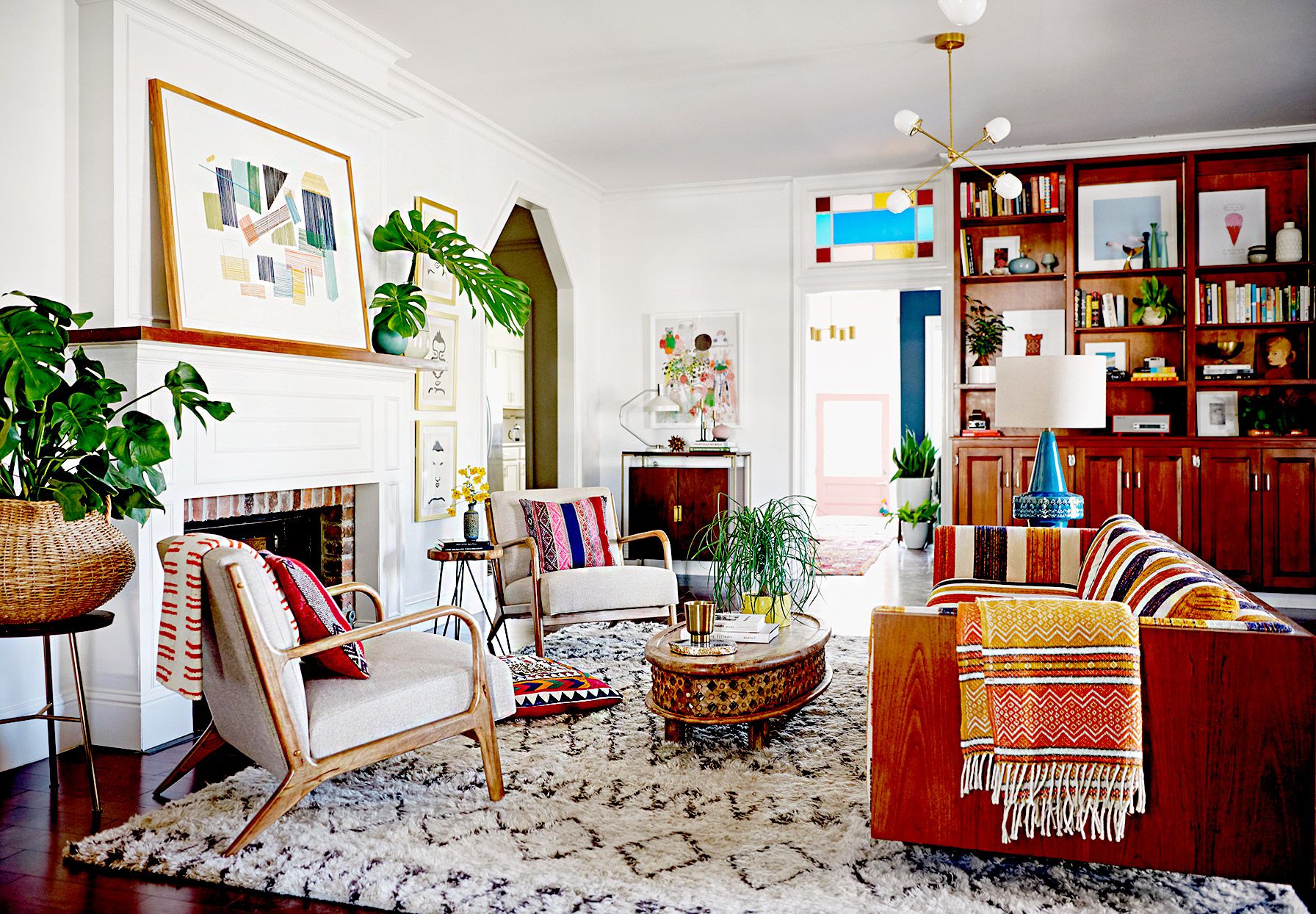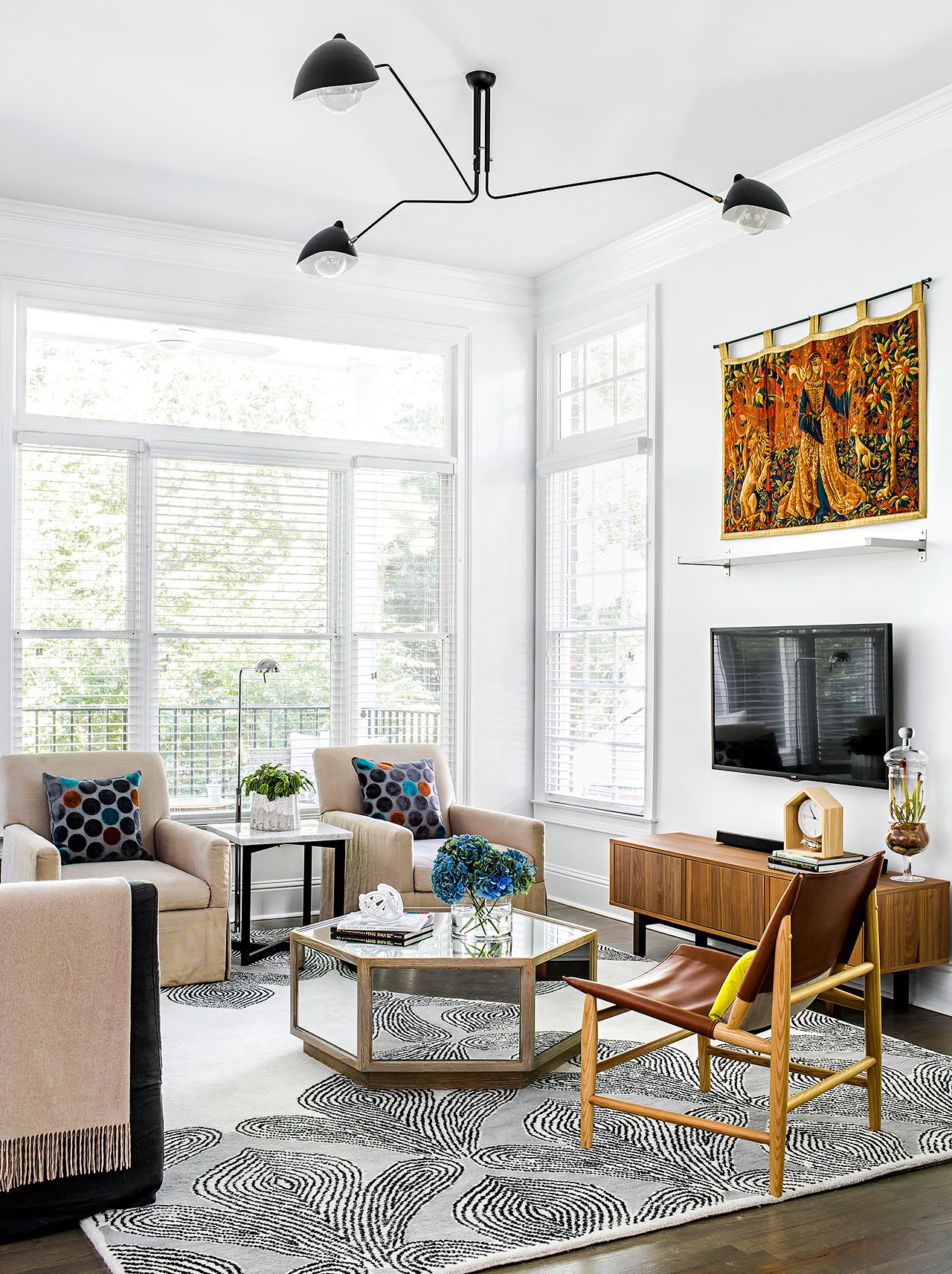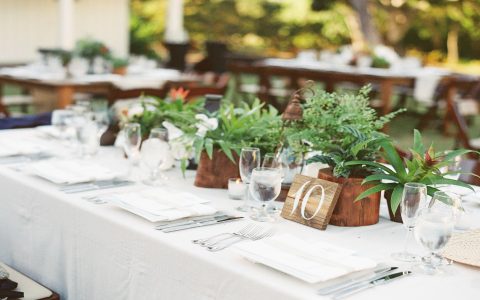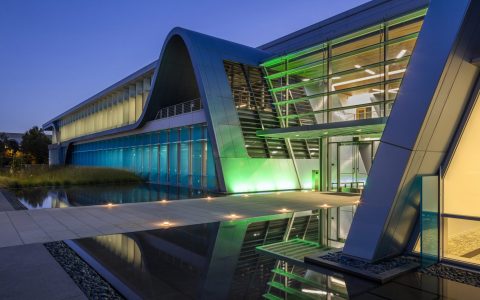A successful bookshop interior transcends mere shelving; it crafts an experience, inviting customers to linger, explore, and discover. Effective design balances functionality with atmosphere, directly impacting sales and customer loyalty.
Core Principles of Bookshop Interior Design
Several key principles underpin a compelling bookshop interior:
- Layout and Flow: The arrangement of shelves, aisles, and distinct zones must facilitate intuitive navigation. Clear pathways, good sightlines, and logical sequencing of genres are paramount. Consider accessibility for all customers.
- Lighting: A layered lighting approach is essential. Ambient lighting provides overall illumination, task lighting highlights shelves and reading areas, and accent lighting can draw attention to specific displays or architectural features. Warm, inviting light is generally preferred.
- Shelving and Display: Shelving should be sturdy, versatile, and aesthetically pleasing. A mix of standard shelving, face-out displays for highlighting covers, and thematic display tables can enhance visual interest and promote discovery. Avoid overcrowding.
- Ambiance and Theme: The overall mood of the bookshop should reflect its brand and target audience. This can be achieved through color palettes, material choices (wood often evokes warmth and tradition), decor, and even scent.
- Comfort and Seating: Providing comfortable seating areas encourages customers to spend more time in the store, browse books, and potentially make more purchases. These can range from simple benches to cozy armchairs or even small café-style seating.
Key Functional Zones in a Bookshop
Thoughtful zoning enhances the customer experience:

- Entrance/New Arrivals/Bestsellers: This area should be welcoming and immediately showcase popular or new titles to capture attention.
- Genre Sections: Clearly demarcated sections for different genres make it easy for customers to find what they are looking for. Signage should be clear and well-placed.
- Children's Area: This space should be engaging, safe, and scaled appropriately for younger readers, often with lower shelving, vibrant colors, and comfortable seating for both children and accompanying adults.
- Reading Nooks/Quiet Zones: Designated areas for quiet reading provide added value and encourage deeper engagement with books.
- Checkout Counter: The point of sale should be easily identifiable, efficiently designed, and allow for impulse buys of smaller items.
Materials, Color, and Fixtures
The choice of materials and colors significantly impacts the atmosphere.
Materials: Natural materials like wood for shelving and flooring often create a warm, classic, and inviting feel. Metal can be used for a more modern or industrial aesthetic. Durability and maintenance are key considerations.
Color Palette: Colors can influence mood. Warm tones (creams, browns, soft yellows) can create a cozy environment, while cooler tones or strategic use of bold colors can highlight specific areas or create a more contemporary feel. Ensure good contrast for readability of signage.
Fixtures: Beyond shelving, consider display tables, magazine racks, and signage holders. These should be cohesive with the overall design theme and functional for their purpose.
Flexibility and Future-Proofing
A good bookshop interior should also consider adaptability.

- Modular Shelving: Allows for easy reconfiguration to accommodate changing stock levels or to create space for events.
- Multi-functional Spaces: Areas that can serve as reading nooks during the day might be cleared for author signings or workshops in the evening.
Ultimately, a bookshop's interior design is a powerful tool for storytelling, brand building, and creating a haven for book lovers. It should be a thoughtfully curated space that encourages exploration and a love for reading.







